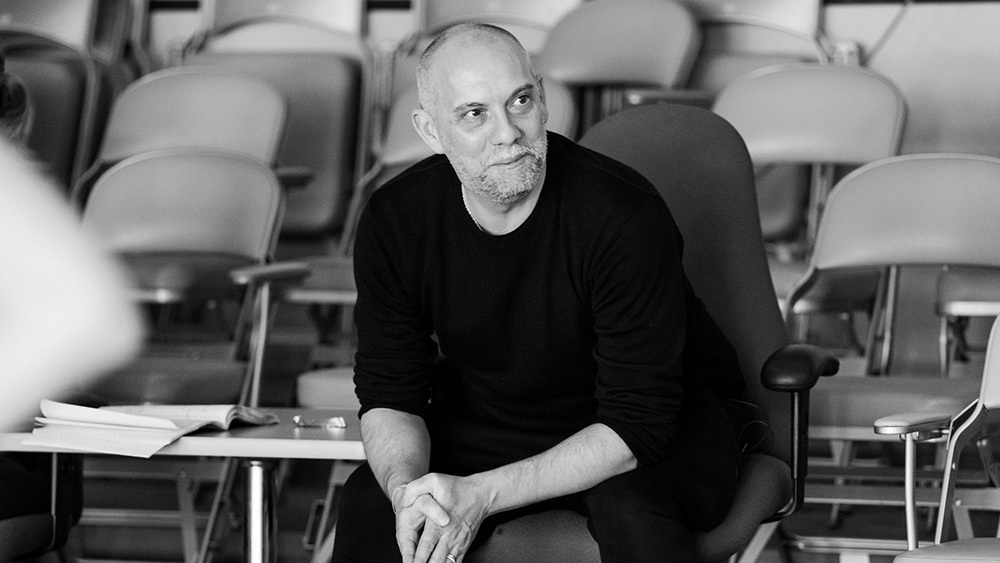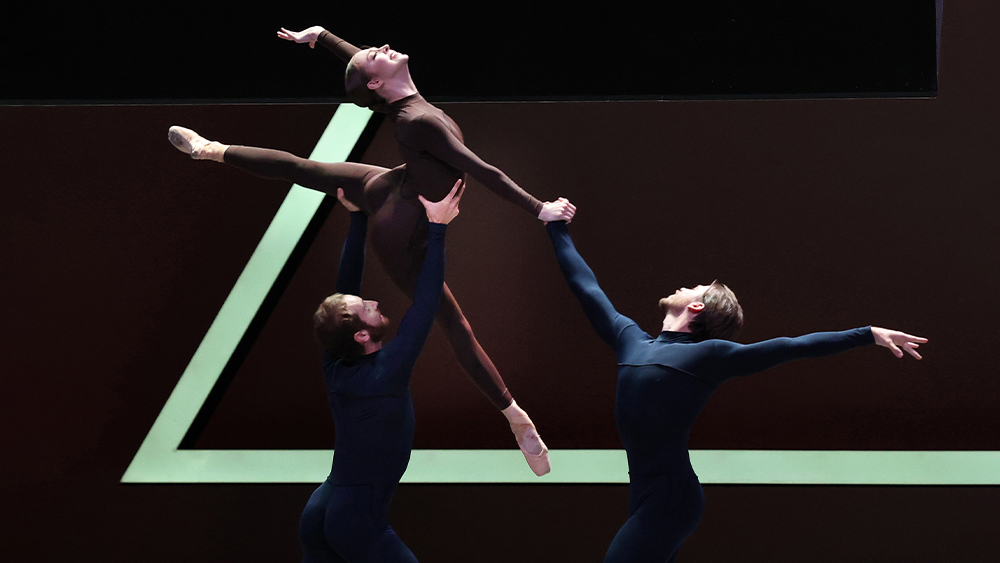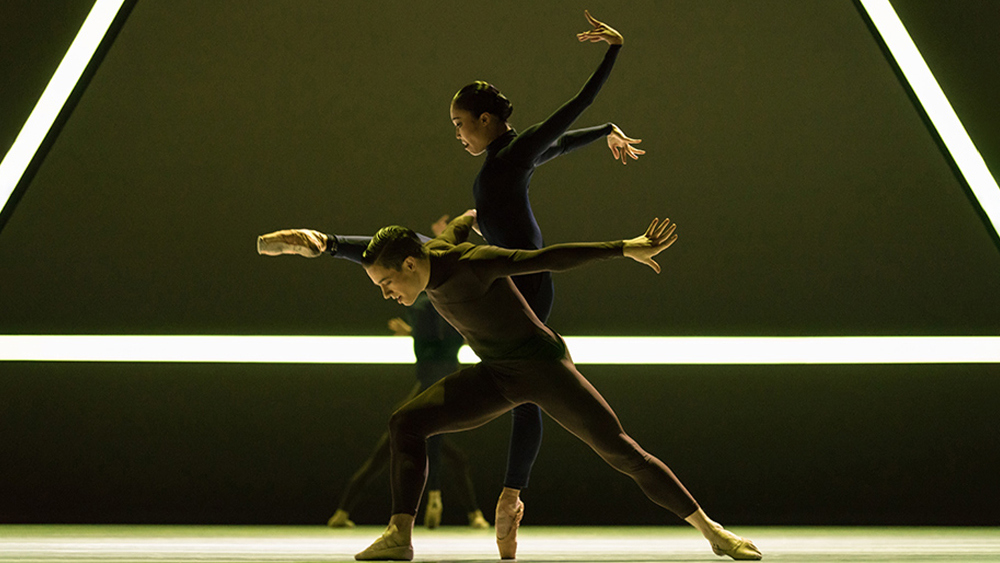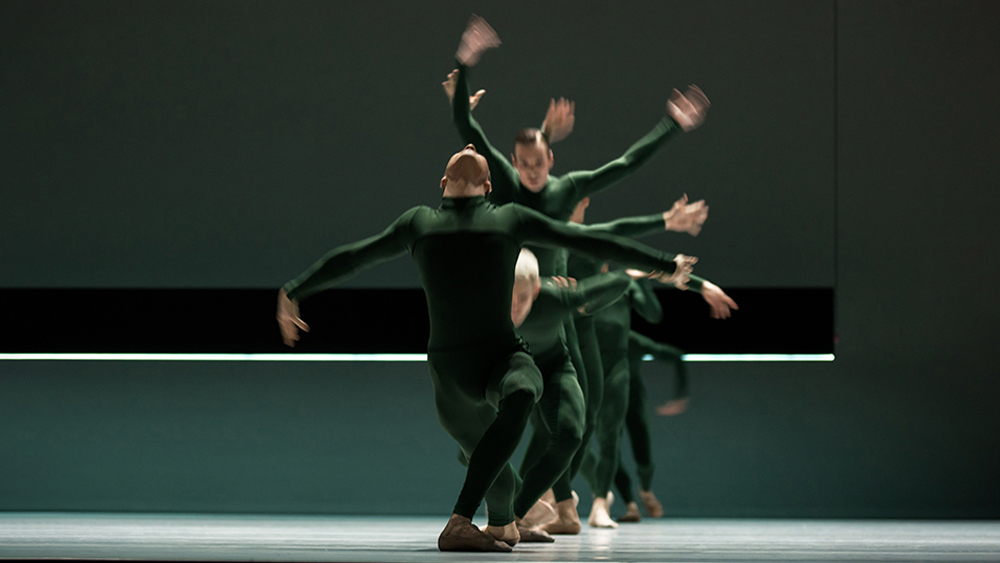Human Music: David Dawson’s The Four Seasons
By Caroline Dickie

David Dawson is a leading contemporary dancemaker, renowned for the “emotional physicality” of a choreographic language that fuses affect and athleticism. If emotional physicality is the expression of Dawson’s creativity, then musicality is its foundation. When you experience his work, you feel instantly he is someone who responds deeply to music, who seeks a total synthesis of movement and sound as a first principle of his art.
Enter The Four Seasons, a 2018 creation that mirrors and illuminates the music’s formal and emotional properties. That music is Recomposed by Max Richter: Vivaldi – The Four Seasons, a reimagining of the familiar violin concertos that omits most of Vivaldi’s notes but retains their essence, crystallizing the emotional core. The effect is sublime, as Richter brings the music into the present with echoes of the past.
“Richter’s approach to the Vivaldi is very closely connected to how I create dance,” says Dawson. “After years of studying the classical ballet vocabulary I aim to recompose this language and bring about some kind of evolution within the framework that we have inherited.”
The result is propulsive, generous movement radiating through the body, where – in the words of Artistic Director Hope Muir – “the dancers can be the largest, truest, most expansive version of themselves.” After the success of Anima Animus in 2023, The Four Seasons introduces more of the company to Dawson’s powerful style.
“My work asks the dancers to be free of fear, to let go and abandon themselves to their emotions – to live their own experiences,” says Dawson. “This is not easy and it takes much work.”
The invitation to live authentically in movement is a fitting one for The Four Seasons, as its theme in the life cycle is both individual and shared. “The 12 pieces of Richter’s music could represent the changing seasons throughout the year, but they can also be understood as a more philosophical measurement of time,” says Dawson. “There is a spring, summer, autumn and winter in each of our lives – moments of learning, growing, having the courage to find ourselves, falling in love, discovering how to persevere or find pathways to overcome certain struggles. The Four Seasons describes those inner worlds we all share and how we continue our personal journey of being human.”
Dawson sought to create a Gesamtkunswerk or total work of art with The Four Seasons, bringing different art forms together in equal measure to create something more powerful than themselves. Richter’s music is part of this collective force, as are the sets, costumes and lighting, all designed to suggest a journey through time.
“Our set pieces are designed by Eno Henze and they represent the seasons themselves – the triangle, the square, the circle and the plus (positive) and minus (negative) symbols. With the costumes, Yumiko Takeshima and I worked together to create a colour murmuration that moves through the whole ballet, enhancing the mood or feeling of the choreography with each colour change. In some way we can see a series of generations presenting themselves one after the other, from the beginning of time until our present moment and onward into the future.”
For Dawson, as for the National Ballet, The Four Seasons strengthens a creative partnership that is itself a nod to the future. “It is a rare opportunity to be able to share my vision of classical ballet with a company so closely and a gift to build on these very special relationships,” he says. “We can develop trust and knowledge while we explore the continuity of the work that we have done already. I’m very excited to see what will arrive on the beautiful stage in Toronto. It will surely be a very special moment for all.”
The Four Seasons is onstage with Morpheus’ Dream and The Leaves Are Fading February 26 – March 2
Top Photo: David Dawson in Rehearsal for Anima Animus. Photo by Karolina Kuras.


